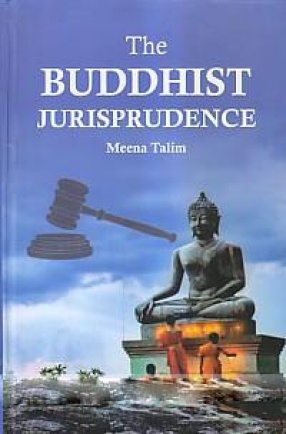
Meena Talim

Showing all 11 books

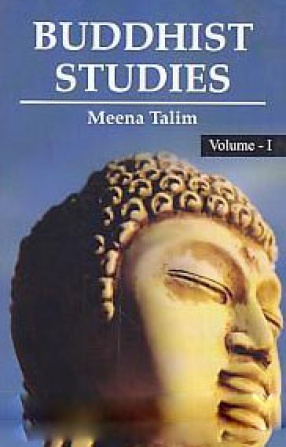
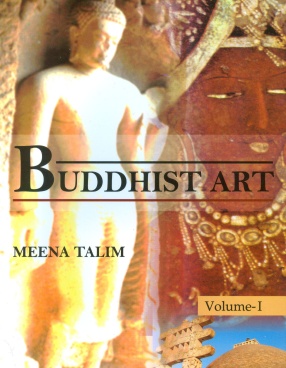
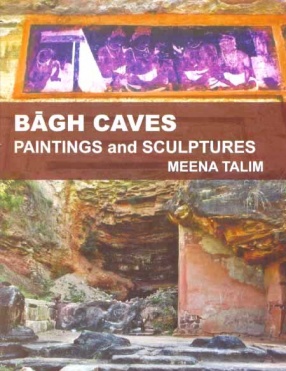
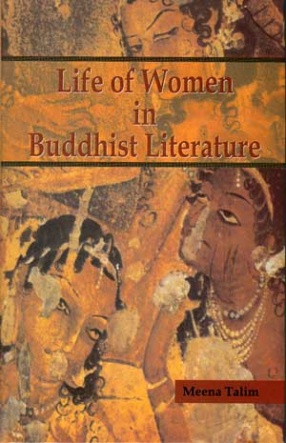


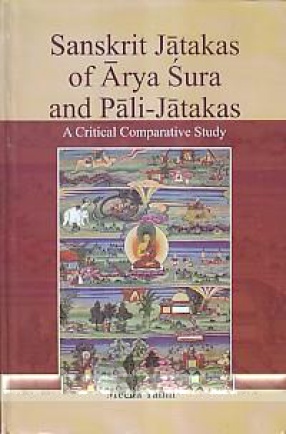
Arya Sura’s Jatakamala has been written in Sanskrit and translated into German, English and Hindi but is not compared with Pali-Jatakas. The present book is first of its kind which critically compares Sanskrit Jatakamala with Pali – Jatakas. Arya Sura wrote only thirty-four Jatakas in Sanskrit; out of this only four Jatakas are exclusively different from Pali-Jatakas.
The present volume briefly narrates Pali-Jatakas and compares them with Sanskrit ...
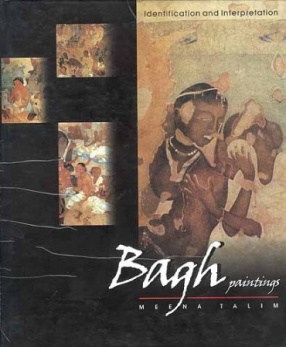
Buddhist Art in India which flourished from the time of King Ashoka (3rd century B.C.) to that of the Pala dynasty (A.D. 13th century) is devoted to monumental and sculptural art. Fresco painting is a salient feature of this period, particularly during the reign of the Guptas.
While the frescoes at Ajanta are a favourite subject of art critics and historians, those at Bagh in Central India seem to have been overlooked. Very few scholars worked on the Bagh ...

This book, running into two volumes, seeks to examine the different aspects of Buddhist studies. Volume One re-examines historical personalities like Bimbisara, Ajatashatru, Pushyamitra Sunga and Asoka. It also goes deep into the history of Chalukyas and discusses in detail the historical movement in Therigatha, spread of Buddhism in India from 6th century BC to 7th century ACE, Pali language and its exposition, three Buddhist Councils, edicts of King Asoka, ...
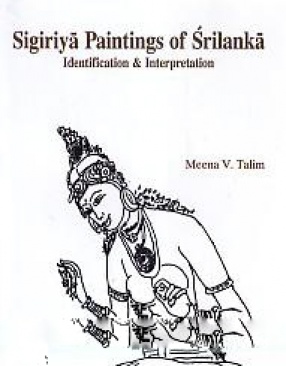
The book delves in detail into the Sigiriya paintings of the island-country of Sri Lanka. It presents a brief account of ancient Sri Lankan history for some 35 years, from AD 459 to 495, as the history of the place is related to the making of the paintings. The work identifies and interprets the Sigiriya paintings on the basis of Pali sources based on study of five nikayas of Suttapitaka. Presenting a number of line drawings of the murals, it discusses the style ...

The present Vol.I contains eighteen articles grouped in two segments, namely A and B. Group A explains different characteristic, viz., - "Primordial Philosophy in the Buddhist Art" "Sslient Features of Buddhist Art", "Love of One's country in Mathuran art", A Thematic Study in Buddhist Art", References to Achaemenians in the Buddhist Scriptures and in Buddhist Art", "Changes in the Literary and Art Traditions, and ...

The caves of India are well Known for their artistry. Ajanta caves have attracted people from all over the world but comparatively Bagh Caves are deprived of this opportunity. Bagh Caves is a small establishment yet it is studded with beautiful paintings and sculptures. This book is an attempt to disclose the artiic contribution which can be disclosed only thought Buddhist texts and ancient Indian history. Her scrupulous survery on the basis of the se two ...
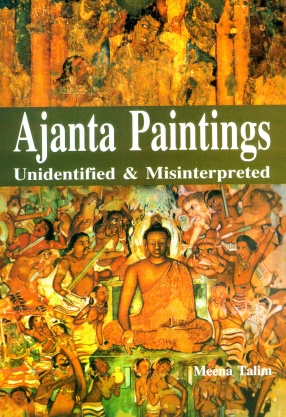
The present book is a culmination of twenty-four years of research on Ajanta Paintings. It is a pioneering attempt to provide a true picture of Ajanta Paintings, mainly on the basis of literary sources. All the murals of Ajanta are based on episodes from Pali Tipitaka, Atthakatha, Ceylonese chronicles, H. B. S. books-Mahavastu, Divyavadana, Asvaghosha's treatises - Buddha Carita, Sundaranand Kavya, Saddharma Pundarika; which have been carefully studied. The ...

The book fathoms the life and position of Buddist women in ancient India. In order to get a true picture the book is primarily based on Pali Tipitaka, Commentaries, Ceylon-chronicles and Mahayan Sanskrit treatise. A large span of ten centuries have been covered and will prove a stimulating study for those who already know and for those who would like discover something of ancient Indian life, customs and women in particular.
An analysis of reluctance and later ...

King Asoka has come to be regarded as one of the most exemplary rulers in world history. His edits, inscribed on rocks and pillars, proclaim Asoka's reforms and policies and promulgate his advice to his subjects.The present book makes a pioneering attempt to provide the texts of Asoka's edits converted into Pali along with English translations and observations. The introduction discusses pertinent problems, viz: Dates of the edicts, why King Asoka did not ...
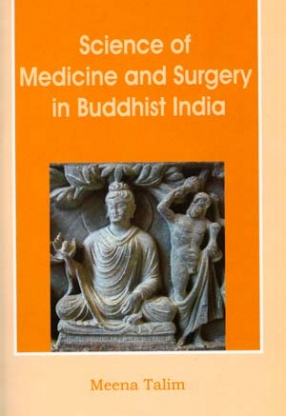
The author has laboriously worked on the topic, which enumerates for the first time a thousand years of history of Ancient India Science of Medicine and Surgery (6th B.C.-6th A.D.). A thorough, exhaustive and historical medicament has been presented on the basis of original sources. Her scrupulous and methodical survey throws a flood light on various virgin points such as: Thirty types of medicines, sixty-two types of diseases, out of which seventeen are ...
